1. North Sentinel Island, India

Some places are better left untouched, and North Sentinel Island proves it. Hidden in the Bay of Bengal, this remote island is home to the Sentinelese, one of the last uncontacted tribes on Earth. Outsiders are strictly banned for their safety and the tribe’s protection. The Sentinelese resist all contact, shooting arrows at approaching boats. In 2018, a man attempting to visit lost his life, reminding the world that isolation here is sacred. India enforces a three-mile exclusion zone to prevent disease transmission and interference. On this island, time stands still, untouched by modern life, where the people remain free, wild, and completely unbothered by the rest of the world.
2. Area 51, Nevada, USA
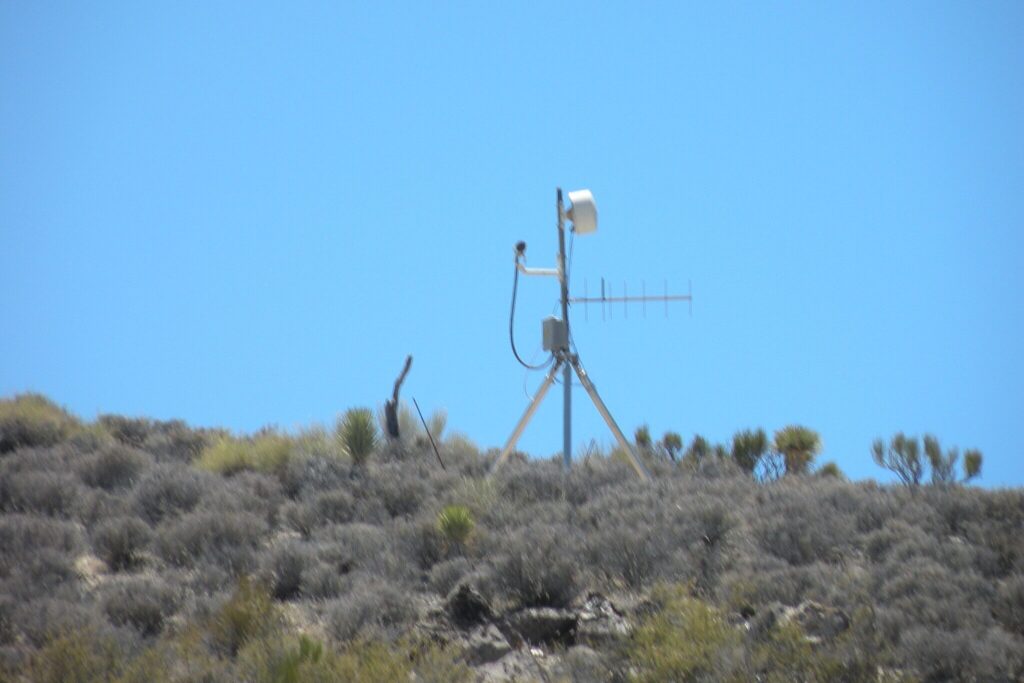
In the dry Nevada desert lies Area 51, a place wrapped in more secrecy than any other in America. It’s officially a U.S. Air Force testing site, but many believe it hides proof of alien technology and mysterious aircraft. Surrounded by fences, sensors, and armed guards, no one gets close without permission. For decades, conspiracy theories have kept its legend alive, and though the government admitted its existence in 2013, its purpose remains classified. The desert winds whisper stories of flying saucers and experiments. Area 51 stands as a symbol of curiosity and mystery, reminding the world that even the truth sometimes wears a uniform of silence.
3. Poveglia Island, Italy
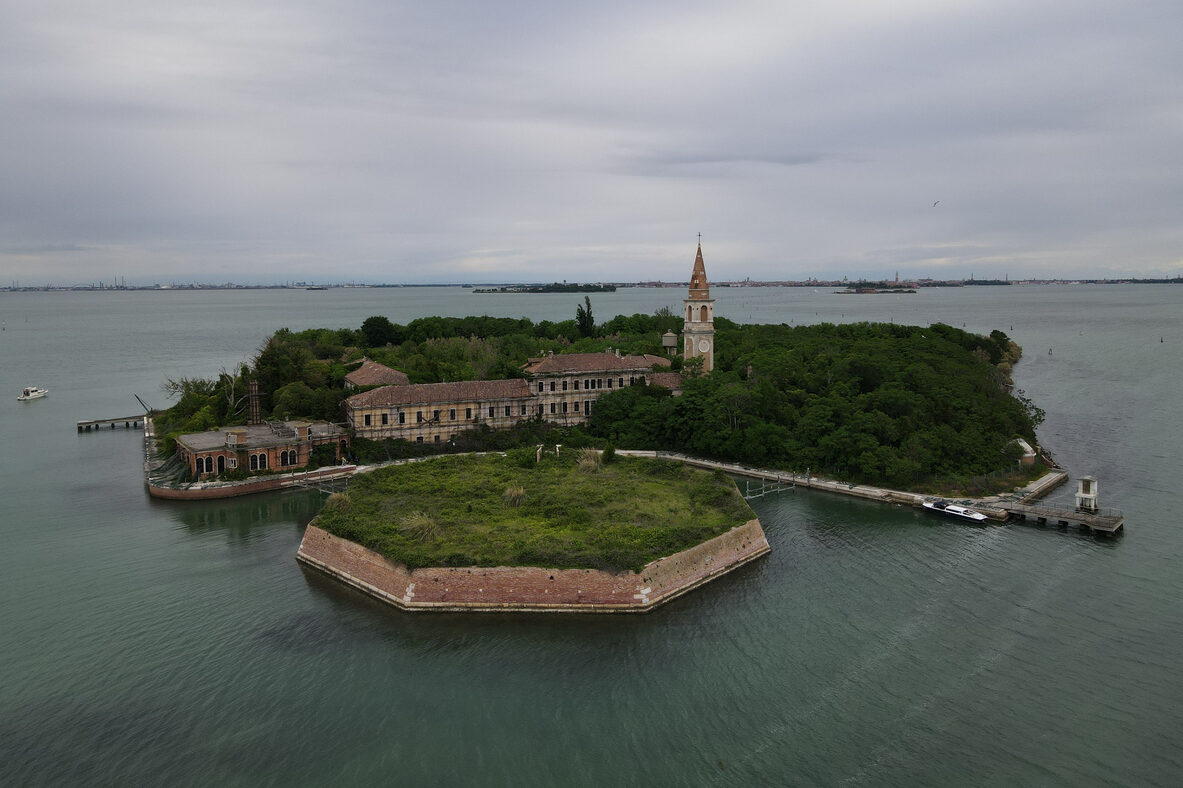
Floating between Venice and Lido, Poveglia Island carries centuries of sorrow. Once used as a quarantine site for plague victims, it later became an asylum for the mentally ill. Thousands perished there, and locals claim the island is haunted. Even fishermen avoid sailing nearby, saying the air feels heavy. Italy closed it off completely, calling it unsafe for visitors. Those who have snuck in describe eerie silence, cracked hospital walls, and vines reclaiming everything. Poveglia is now frozen in time, where human suffering lingers in the air. It’s not just an abandoned island; it’s a graveyard of memories and a reminder that some places never truly heal.
4. Snake Island, Brazil
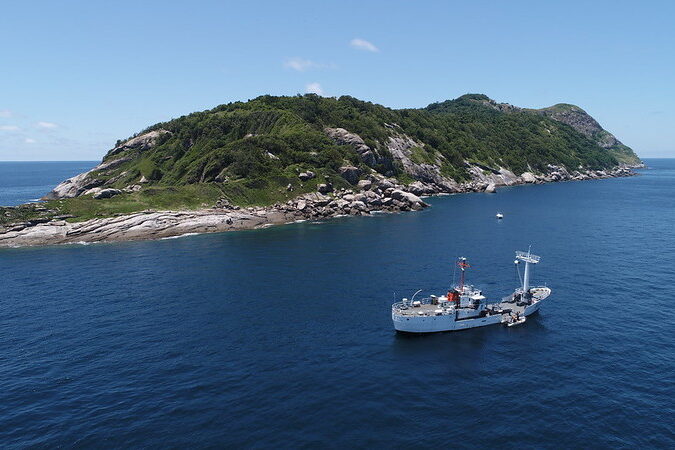
Off the coast of Brazil lies Snake Island, officially called Ilha da Queimada Grande. This beautiful but deadly paradise is home to thousands of golden lancehead vipers, among the world’s most venomous snakes. The Brazilian government banned all visitors to protect both people and snakes. It’s estimated there’s one serpent every few square meters. Legends tell of a lighthouse keeper who once lived there and vanished mysteriously. Today, only scientists with special permits can enter, wearing protective suits and carrying antidotes. Snake Island may glitter under the sun, but beneath that beauty lies danger that keeps humankind at bay forever.
5. Lascaux Caves, France
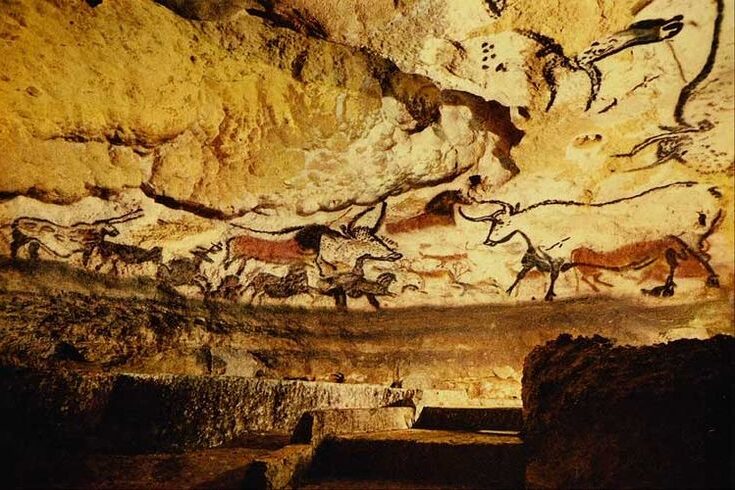
In southwestern France, beneath a hillside, lies the breathtaking Lascaux Caves, where prehistoric humans painted their world over 17,000 years ago. Horses, bison, and hunters cover the walls in ancient pigments. When discovered in 1940, they drew global fascination, but human breath and bacteria began destroying the art. By 1963, France sealed the caves completely to preserve them. Visitors now explore a perfect replica nearby. The original remains silent, safe from the damage of time. Deep inside, those paintings rest untouched, a fragile link to our ancestors who told stories long before writing existed. It’s history’s oldest gallery, hidden in eternal stillness.
6. Room 39, North Korea

Inside a heavily guarded government building in Pyongyang lies Room 39, one of North Korea’s most secret offices. It’s believed to handle the regime’s finances, from foreign trade to hidden reserves. Only the highest officials are allowed inside, and what happens there is known to very few. Some claim it supports the country’s leadership through mysterious transactions and unseen wealth. For outsiders, the place is nearly mythical, representing power built on secrecy. No cameras, no access, no witnesses, just whispers of what it might contain. Room 39 remains one of the world’s most guarded mysteries, sealed behind walls of control and silence.
7. Niihau, Hawaii
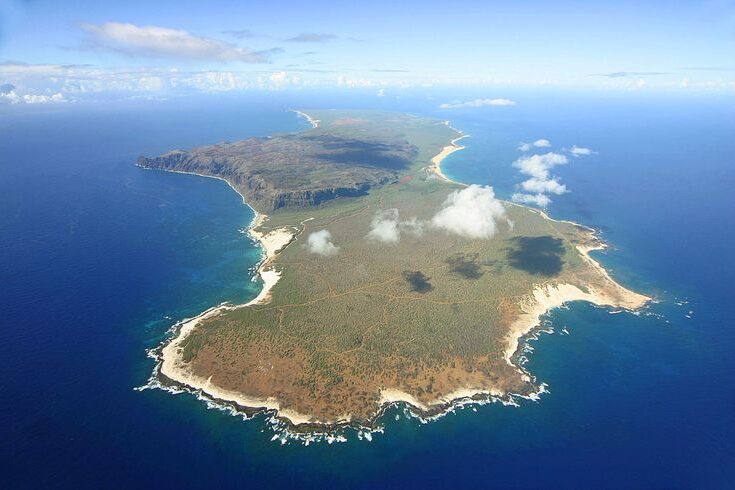
Niihau, known as Hawaii’s Forbidden Island, sits quietly west of Kauai, untouched by modern life. Privately owned since the 1800s, it restricts access to residents, invited guests, and military personnel. Fewer than two hundred people live there, speaking Hawaiian and living off the land. There are no paved roads, shops, or public transport. Visitors can only admire it from afar. The island’s isolation protects its traditions and natural beauty. It’s not about secrecy, but preservation. In a world driven by noise and tourism, Niihau stands apart, where simplicity still thrives and community life continues much as it did generations ago.
8. Heard Island, Australia
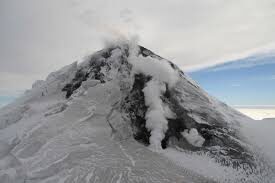
In the middle of the Southern Ocean, between Antarctica and Madagascar, lies Heard Island, a volcanic wilderness surrounded by glaciers. Reaching it means crossing some of the roughest seas on Earth, and Australia protects it as a nature reserve. No civilians are allowed to visit, and even scientists require special approval. The island’s volcano, Big Ben, still rumbles beneath icy clouds. Penguins, seals, and seabirds rule freely in its untouched ecosystem. With its harsh winds and total isolation, Heard Island remains one of the last true frontiers of nature, a place where humans are simply not welcome and the Earth breathes undisturbed.
9. Mezhgorye, Russia
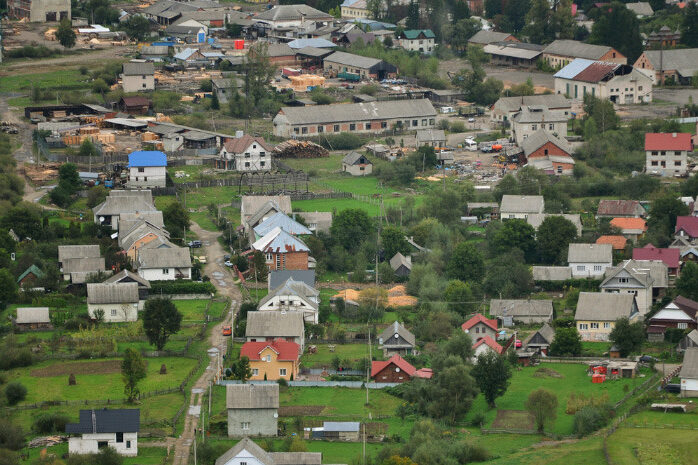
Hidden in Russia’s Ural Mountains is the closed town of Mezhgorye, shrouded in secrecy since Soviet times. Surrounded by guards and fences, it’s believed to house nuclear facilities or underground bunkers beneath Mount Yamantau. No outsider has ever been allowed to enter. The government calls it a “food storage facility,” but satellite images tell another story. Locals whisper about tunnels that stretch for miles, and soldiers patrol its borders constantly. It’s a modern ghost town with thousands of inhabitants who work in silence. Mezhgorye remains one of Russia’s greatest mysteries, where power, secrecy, and fear quietly coexist in frozen isolation.
10. Vatican Secret Archives, Vatican City
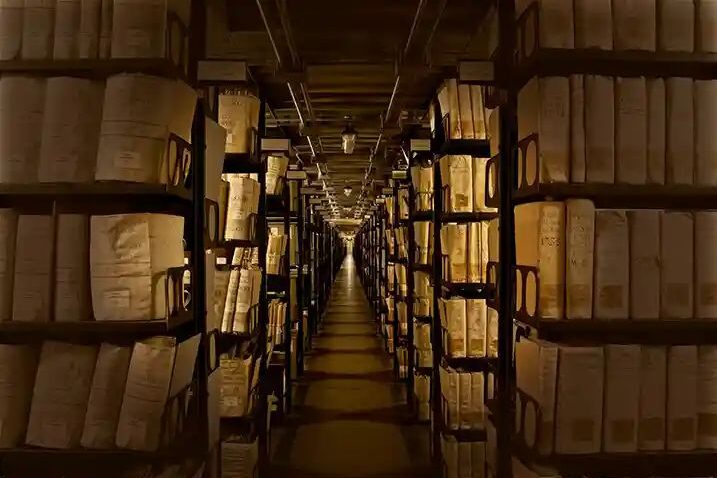
Beneath the heart of Vatican City lie the Vatican Secret Archives, stretching for more than fifty miles underground. Inside are centuries of papal letters, church records, and state documents. Only approved scholars are granted brief access to limited sections, under strict supervision. The rest remains off-limits. People believe it holds papers that could rewrite history, but the Church says it simply preserves sacred heritage. The mystery, however, endures. For most, it’s a locked world of secrets, where truth sleeps under the weight of faith and time. Few places hold such quiet power, and fewer still are guarded so completely.
11. Surtsey Island, Iceland
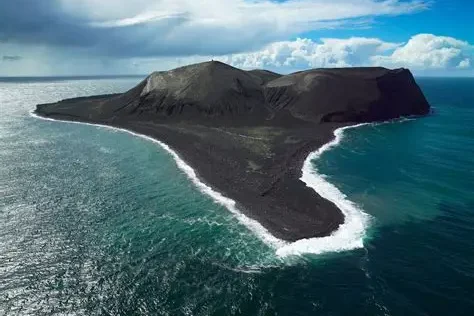
Off Iceland’s southern coast, Surtsey rose from the sea in 1963 after a powerful volcanic eruption. Scientists saw a rare opportunity to watch life develop naturally from scratch. To protect the island’s fragile ecosystem, it’s completely off-limits to tourists. Only a few researchers are granted permission each year. They study how plants, birds, and insects slowly colonize the land without human interference. Even dropping a seed there is forbidden. Surtsey remains untouched, a living experiment of creation and growth. It’s one of the few places on Earth where nature truly reigns alone, unspoiled by human presence or ambition.
12. The Coca-Cola Vault, Atlanta, USA

In Atlanta, Georgia, behind steel doors and advanced security systems, lies the Coca-Cola Vault, home to the company’s most famous secret. Inside is said to be the original recipe for the world’s most popular soft drink. Only a handful of executives know it completely. Visitors can tour the exhibit and see the vault’s exterior, but no one sees the document itself. For over a century, Coca-Cola has protected its formula with intense secrecy. The mystery has become part of its story, blending curiosity with nostalgia. Some secrets are worth keeping, especially when they taste like history.
13. Pravcická Brána, Czech Republic
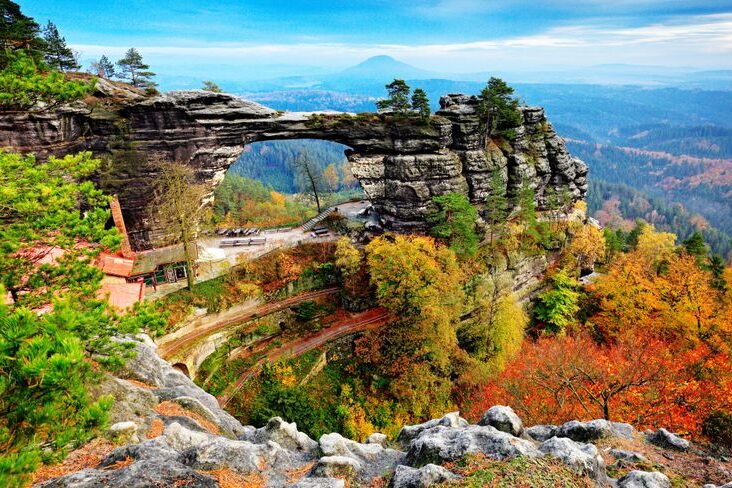
In the Czech Republic’s Bohemian Switzerland National Park stands Pravcická Brána, Europe’s largest sandstone arch. Formed naturally by wind and erosion, it’s breathtaking to behold but far too fragile to climb. Since 1982, walking on the arch has been forbidden to prevent collapse. Visitors can still view it from nearby trails, where it towers gracefully over the landscape. Each year, thousands come just to admire it in silence. Its beauty reminds people that nature’s wonders deserve respect. Sometimes the greatest way to appreciate something fragile is simply to let it stand untouched by human hands.
14. North Brother Island, New York, USA
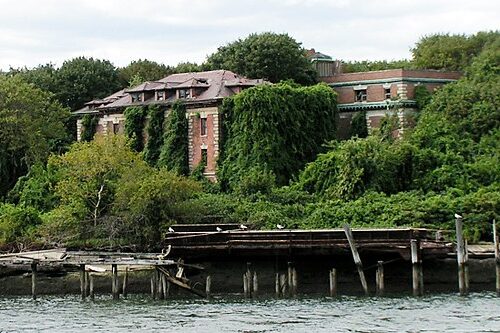
Between the Bronx and Rikers Island, North Brother Island sits quietly in the East River, reclaimed by nature. Once home to a quarantine hospital and later a rehab center, it was abandoned in the 1960s. Today, it’s a protected bird sanctuary and closed to the public. The crumbling buildings are covered in vines, while herons and owls nest freely. Occasional researchers visit for wildlife studies, but no one stays long. The island tells a story of decay and renewal, where the chaos of the city fades and nature quietly heals what humanity once left behind.
15. Ise Grand Shrine, Japan
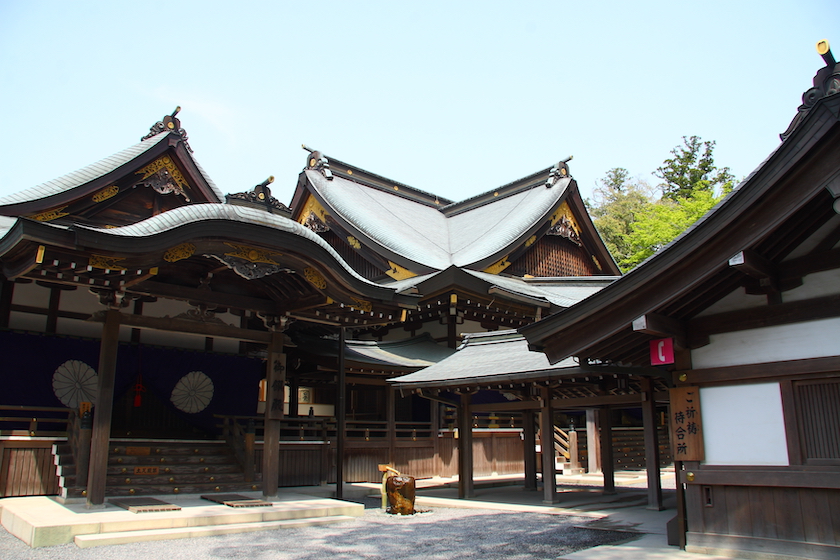
In the forests of Mie Prefecture lies Ise Grand Shrine, Japan’s most sacred Shinto site. Every twenty years, the shrine is rebuilt from fresh wood as part of a ritual symbolizing renewal and continuity. Millions visit its grounds, but the inner sanctuary remains forever closed to all except the imperial family and high priests. It’s said that the atmosphere there feels pure, timeless, and deeply spiritual. The shrine’s perfection lies not in access, but reverence. Ise teaches that sacredness does not need to be seen to be felt, a truth quietly passed from generation to generation in serenity.
16. Chapel of the Ark of the Covenant, Ethiopia
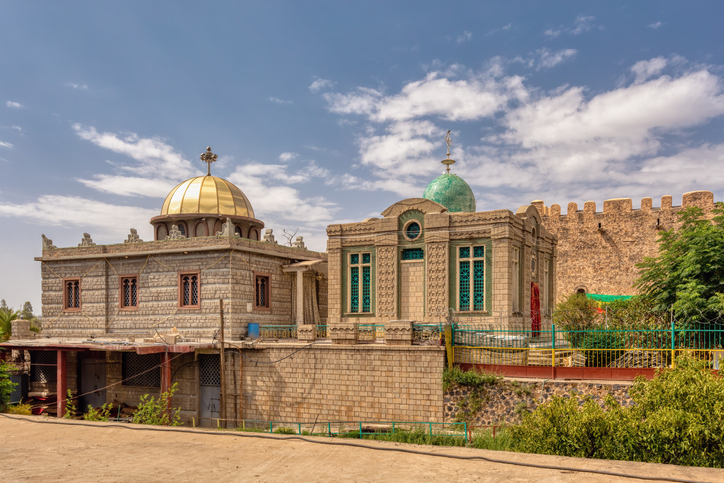
In Aksum, Ethiopia, stands a humble chapel said to house the legendary Ark of the Covenant. Only one guardian monk is allowed inside, dedicating his entire life to its protection. No visitor, priest, or scholar has ever seen the relic. Even the caretaker cannot leave the grounds once chosen. Locals believe the Ark emits a divine energy too powerful for ordinary eyes. Whether real or legend, the mystery draws pilgrims from around the world. The chapel’s simplicity hides what could be one of history’s greatest secrets, protected not by walls, but by faith itself.
17. Fort Knox, Kentucky, USA
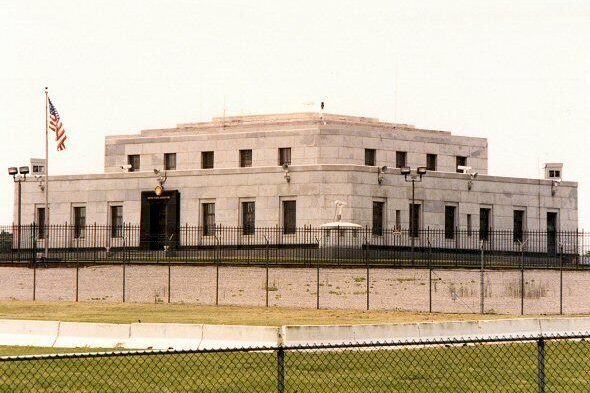
Fort Knox in Kentucky is known as one of the most secure facilities on Earth. It houses much of America’s gold reserves behind steel doors and concrete walls. Surrounded by barbed wire, armed guards, and surveillance, entry is nearly impossible. Even U.S. presidents rarely gain access. During World War II, it stored treasures like the Declaration of Independence and the Constitution for safekeeping. Today, rumors about what lies inside continue to spread. For most people, Fort Knox is more than a vault, it’s a symbol of power, secrecy, and the value of keeping certain things forever locked away.
18. Bohemian Grove, California, USA
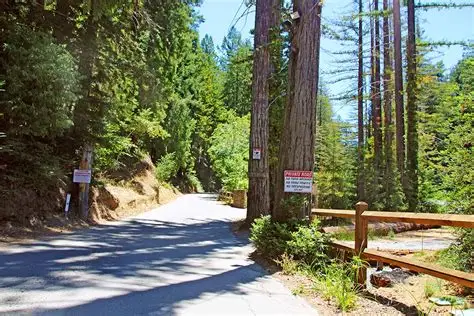
Deep in a redwood forest north of San Francisco sits Bohemian Grove, a private retreat for some of the world’s most influential men. Every summer, they gather there for two weeks of music, speeches, and ceremonies away from public view. Cameras and media are banned, and security is strict. What happens inside is known only to members, leading to endless speculation. Some say it’s harmless tradition; others think it’s political networking in disguise. Whatever the truth, Bohemian Grove remains a world apart, where power meets secrecy under the shade of ancient trees.
19. Diego Garcia, Indian Ocean
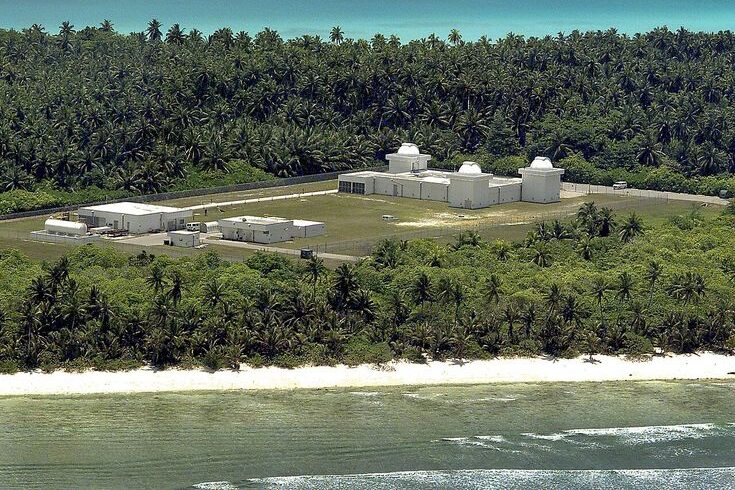
In the middle of the Indian Ocean lies Diego Garcia, a tropical paradise turned military fortress. Once home to the Chagossian people, it was taken over by the U.S. and U.K. in the 1970s to build a base. The original inhabitants were relocated, never allowed to return. Today, the island is off-limits to civilians. Its airstrips and radar towers are vital to global defense operations. Satellite photos show pristine beaches and turquoise waters, yet it remains empty of life. Diego Garcia stands as a beautiful reminder of how power can turn paradise into prohibition.
20. Pine Gap, Australia
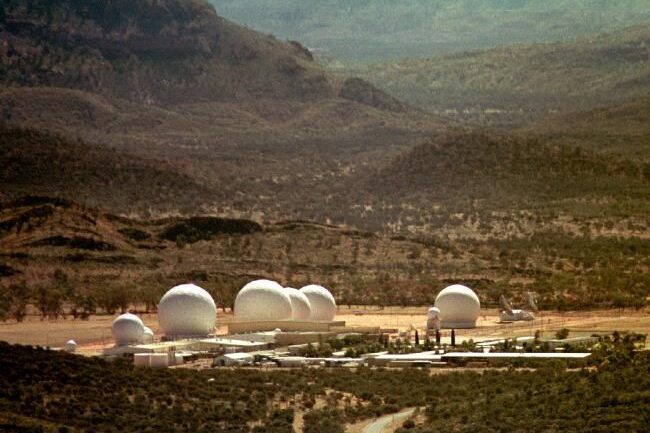
Pine Gap sits in the heart of Australia’s desert, a joint U.S.–Australian intelligence base hidden from public view. It’s said to monitor satellites, communications, and surveillance across the world. Locals call it Australia’s Area 51, though no one truly knows what happens inside. The complex is surrounded by fences and secrecy, protected by desert silence. Its employees sign lifelong confidentiality agreements. Even nearby residents are forbidden to approach. Pine Gap symbolizes the modern face of secrecy, where technology and power combine under skies too wide to hold their truth.
21. Svalbard Global Seed Vault, Norway
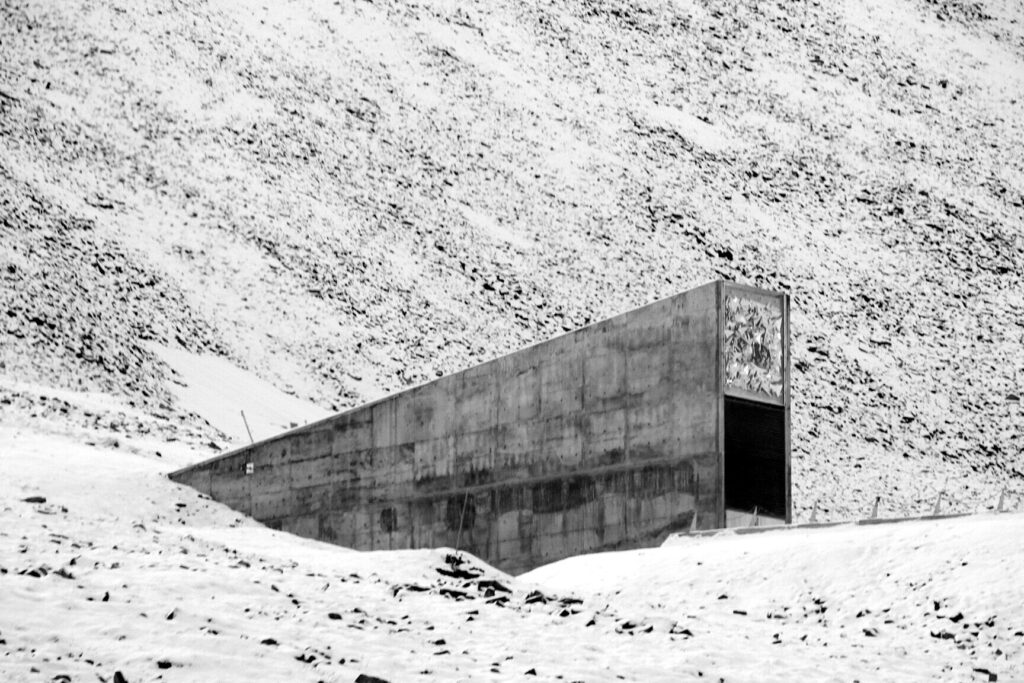
Deep inside an Arctic mountain near Longyearbyen lies the Svalbard Global Seed Vault, humanity’s insurance policy against catastrophe. It stores millions of seed varieties from every country to protect global agriculture in case of disaster. The vault’s thick steel doors remain closed most of the year, opened only to authorized scientists. Temperature-controlled chambers preserve life’s genetic code in the frozen dark. It’s a quiet monument to foresight, built to safeguard the planet’s future. Svalbard reminds us that true protection sometimes comes not from walls, but from preparing for tomorrow long before it arrives.
22. Pluto’s Gate, Turkey
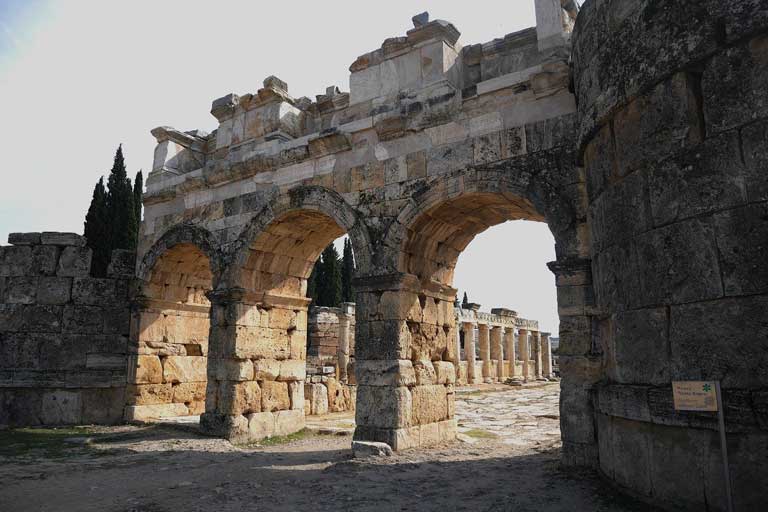
In ancient Hierapolis, Turkey, lies Pluto’s Gate, a site once believed to be an entrance to the underworld. The temple emits deadly volcanic gases that can kill animals and humans within seconds. Ancient priests used it for sacrifices, proving their divine power to stunned onlookers. Scientists later confirmed high carbon dioxide levels still rise from the ground. The site is now fenced off for safety, preserving its eerie reputation. Pluto’s Gate bridges history and science, showing how myth and danger often share the same breath beneath the Earth’s surface.
23. Metro-2, Moscow, Russia
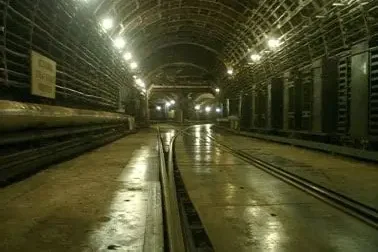
Rumors whisper beneath Moscow about Metro-2, a secret underground subway network built during the Cold War. It’s said to connect the Kremlin with hidden bunkers, airports, and command centers. The government denies its existence, but stories from former workers hint otherwise. Some claim to have seen sealed tunnels running parallel to public lines. No map confirms it, and no citizen will ever ride it. Metro-2 represents the unseen side of a city, a silent world beneath the noise above, where power and secrecy travel quietly in the dark.
24. Mount Weather, Virginia, USA
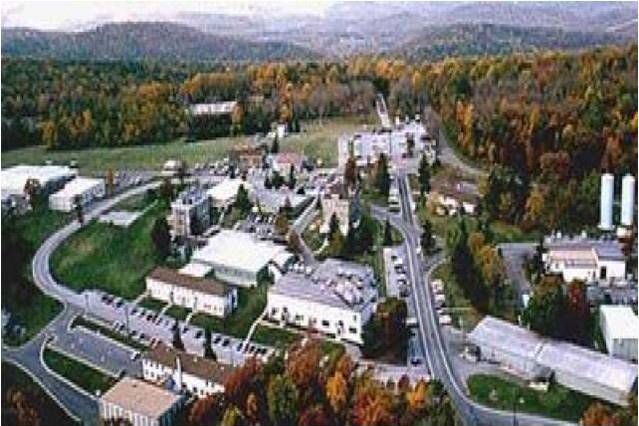
Under Virginia’s Blue Ridge Mountains lies Mount Weather, an underground complex built for U.S. government operations during national emergencies. It’s equipped with offices, housing, and its own communication systems. Activated briefly after the September 11 attacks, it remains off-limits to the public. Only high-ranking officials can access it, and even their visits are rare. Locals see only guarded gates and signs warning of restricted entry. What lies beyond is classified. Mount Weather serves as a reminder that some preparations are made not for life as we know it, but for survival when everything else fails.
25. Challenger Deep, Mariana Trench
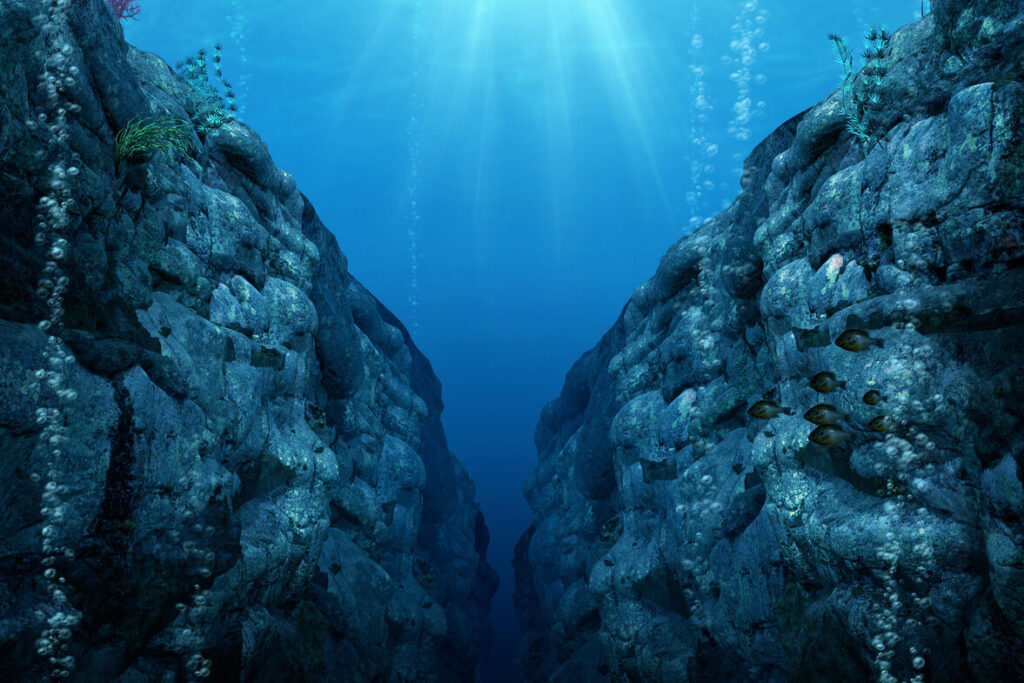
At nearly seven miles below the surface, Challenger Deep is the deepest point in Earth’s oceans. Only a handful of explorers have reached its crushing darkness using advanced submersibles. The pressure there is unimaginable, the environment alien and cold. Scientists have discovered strange organisms adapted to survive in the depths. Few humans will ever see it in person. Challenger Deep remains one of Earth’s final frontiers, untouched and unreachable. It humbles us with its silence, reminding the world that even now, mysteries still exist in the spaces where light cannot reach.
This story 25 Places on Earth You’re Not Allowed to Visit was first published on Daily FETCH


